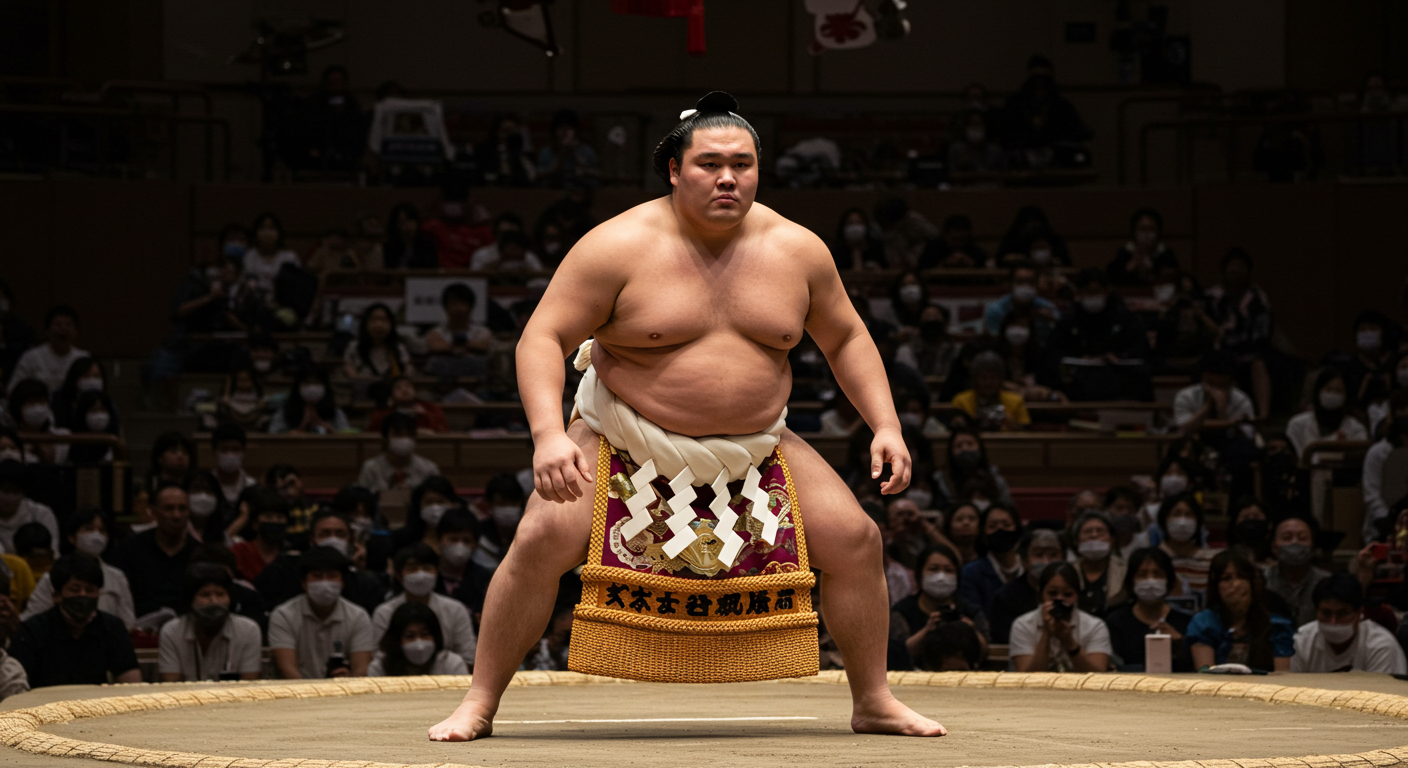
When Did Sumo Begin?
Sumo, often regarded as Japan’s national sport, has a history stretching back more than 1,500 years. In fact, Japan’s oldest chronicle, the Kojiki (compiled in 712), mentions sumo in a mythological contest of strength known as the “Transfer of the Land” story.Press enter or click to view image in full size

From the Nara period onward, sumo was performed at the Imperial Court as a sacred ritual to predict harvests and pray for peace and prosperity. Later, during the Edo period, “Kanjin-zumo” matches were held to raise funds for temple and shrine repairs, making sumo increasingly popular among the common people. This period also shaped many of the rules and traditions that continue today.
Because many matches were held at Ekō-in Temple in Ryōgoku, the area became the center of professional sumo. Today, the Ryōgoku Kokugikan (Sumo Hall) still stands as the sacred home of the sport.

Rules and Highlights of Sumo
A match is fought inside a 4.55m-diameter dohyō (ring). Victory is decided when a wrestler forces his opponent out of the ring, or causes any part of the opponent’s body other than the soles of his feet to touch the ground.Sumo techniques include pushing (oshi), grappling with the opponent’s belt (yori), lifting (tsuri), and throwing (nage). By the Muromachi period, 48 winning techniques were recognized; today, there are 82 official moves.
Unlike judo or other martial arts, sumo has no weight divisions. Heavier wrestlers generally have an advantage, but agility and technique often allow lighter wrestlers to defeat larger opponents — the classic case of “soft overcoming hard.” One of the heaviest wrestlers in history weighed an astonishing 292kg, yet size alone has never determined success.
Sumo also has a ranking system known as banzuke. Wrestlers are divided into six levels: Makuuchi, Jūryō, Makushita, Sandanme, Jonidan, and Jonokuchi. The top two divisions (Makuuchi and Jūryō) are known as sekitori, full-fledged professionals. Within the Makuuchi division, there are further ranks, with Yokozuna at the top, followed by Ōzeki. To reach Yokozuna status, a wrestler must win two consecutive tournaments as an Ōzeki or achieve equivalent results. Once promoted, a Yokozuna never loses the title until retirement — unlike an Ōzeki, who can be demoted after poor performance.
The excitement of new champions, dramatic upsets, and legendary Yokozuna debuts are part of what makes sumo so captivating.
Ranking System in Sumo Wrestling
By Rank (Banzuke System)
❖ Detailed Ranking Information

❖ Ranking System in Sumo Wrestling

❖ Number of Wrestlers and Salaries

Life of a Sumo Wrestler
Professional tournaments take place six times a year, always in odd-numbered months: Tokyo (January, May, September), Osaka (March), Nagoya (July), and Fukuoka (November).Wrestlers live communally in training stables (heya), where they practice daily. Training includes teppō (striking a wooden pole repeatedly) and shiko (raising one leg high and stomping forcefully to the ground). These training sessions attract many foreign visitors on guided tours.
Meals are just as important as training. Traditionally, wrestlers cook and eat a hearty hot-pot dish called chanko-nabe, which provides the nutrition needed to build strong, massive bodies. Many chanko restaurants still operate around Ryōgoku today, allowing visitors to experience the diet of professional wrestlers.


Comments
Post a Comment